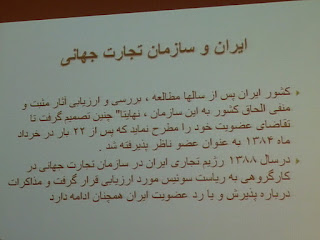What if Your PowerPoint Slides Make You a Liar?
The marketing director of a well known Internet company presented us with fascinating stats about Internet use and users.
I was captivated by the numbers and percentages until he reached the graph slide in his PowerPoint presentation.
One of my colleagues raised his hand to ask a question. The presenter innocently paused to take the question and was blindsided by what happened next.
Black Death Versus PowerPoint
It's estimated that the Bubonic Plague (Black Death) killed 20 to 50 million people in Europe between 1347 and 1351. It's attack was swift and merciless. People didn't know how to deal with this threat. They didn't understand nor appreciate personal hygene nor sewage removol. They were vomitting in the streets - and dieing horibily. Almost half of the European population was eliminated in four years.
How Many Words Can You Have on Your Slides?
This is a question that more presenters need to ask before they speak. How many words should you put on your PowerPoint slides? What is the maximum number of words?
Geoff Ramm Presenting With PowerPoint
I watched my good friend from the UK, Geoff Ramm present at a few conferences. We were fellow speakers on this speaking tour. Geoff is a marketing expert and specializes in Observational Marketing. That means he looks around and reports what he sees – especially what seems to be working.
In his presentations Geoff made the best use of PowerPoint that I’ve seen. Too many speakers use PowerPoint as a crutch or shield. You know those speakers who simply repeat the words on the slide or constantly check the slides so they are reminded of what to say next.
Executive Speech Coach, Business presentation tips from George Torok, the Speech Coach for Executives.






























